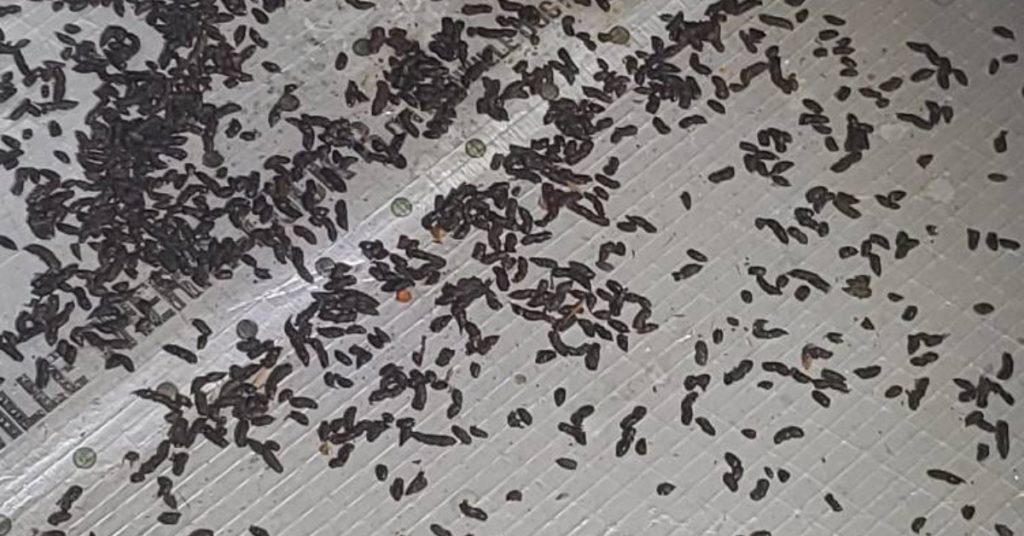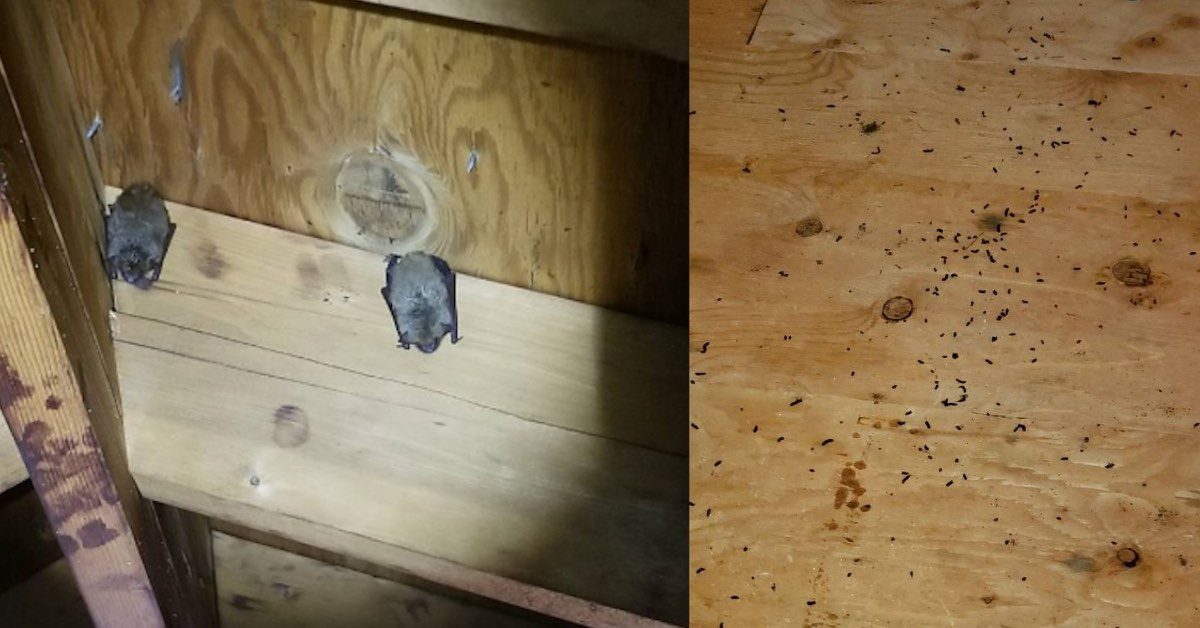Can Bats Infest a House
Can bats infest a house? The answer is yes!
There are nine species of bats that are common in New Jersey. While this mammal usually stays away from humans, they tend to move into their homes, regardless if they are in urban or rural areas. As a result, a bat infestation can form quickly.
Why Bats Move into Houses
Bats typically congregate in groups, finding a sheltered place to roost when not flying around outside. Therefore, large caves often provide a desirable location for bats to live. However, it is difficult for bats to find a shelter to call home in the city, so they often move into the attics of homes, garages, and business buildings. A bat infestation can be either small or large. It usually depends on the attic’s dimensions and the number of bats in the group.
How Many Bats Is Considered an Infestation?
Seeing one bat in the house does not always mean there are more. It is not uncommon for one random bat to come flying around a living room; however, there is a reason for concern if you see more, even outside near your rooftop. Bats are most visible during sunrise and sunset, so if you consistently see them residing around your home, this can be a sign you have an infestation.
You may notice one bat one year, one bat the next year and so on. This is a clear indication you have a bat infestation. Colonies found in attics are either maternal or bachelor colonies. Maternal colonies are female colonies and are much larger than bachelor or male colonies. Female colonies can have numbers in the 100’s, whereas, a male colony may have 20-25 bats. A female bat gives birth to only one pup each year; twins can happen but are rare. So, as years go on and their population doubles, they have already been roosting in your home for a few years. By the time you see more bats, the colony’s size can be between twenty to a few hundred.
Signs Bats Are Living in Your Attic?
You might not even know when a bat initially enters your attic. Bats are relatively small and quiet, so they don’t make much noise. However, you may begin to notice an unpleasant smell that develops from bat urine and guano. Depending on your walls and ceiling thickness, you might hear noises as the bats move in and out of the attic. You might also see bats swarming outside of your home during dusk.
And as already mentioned, if you are randomly seeing a bat over time, there’s a big chance you have an infestation.
What To Do If You Have a Bat Infestation
It isn’t going to be easy to get the bats to leave voluntarily. Plus, it can be dangerous to do so. Bats can carry the rabies virus, which is easily transferred to humans through bat bites and saliva. Moreover, bat urine and feces contain organisms that can make humans sick. It is highly recommended not to deal with the bats independently. Touching and inhaling bat guano poses a significant health hazard. Therefore, hiring a wildlife removal professional to remove any bats living in your home is vital.

If you discover a colony of bats living in your attic, take the necessary steps to have them removed as soon as possible. Contact a professional service for the fast and efficient removal of bats and quickly restore your home’s safety and comfort.
NJ Pest Control is a professional wildlife removal company servicing Northern New Jersey. The entire bat removal team is highly experienced in removing bats safely and humanely. With removal, state-of-the-art exclusion methods are put in place so the bats cannot return.
Give NJ Pest Control a call or fill out our online contact form. We will get back to you quickly.

